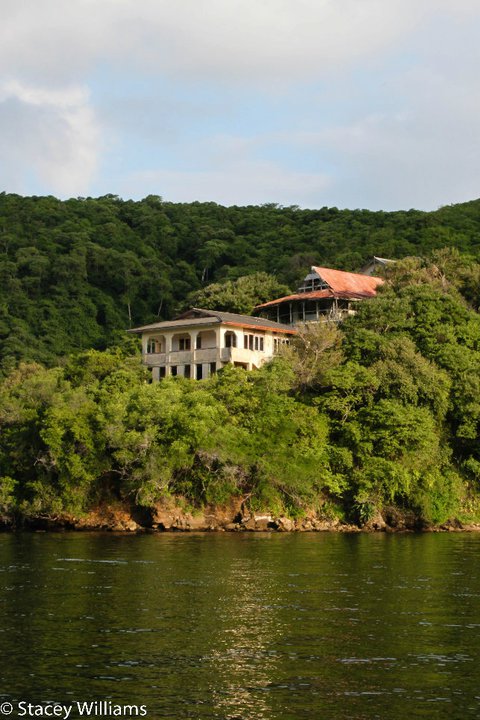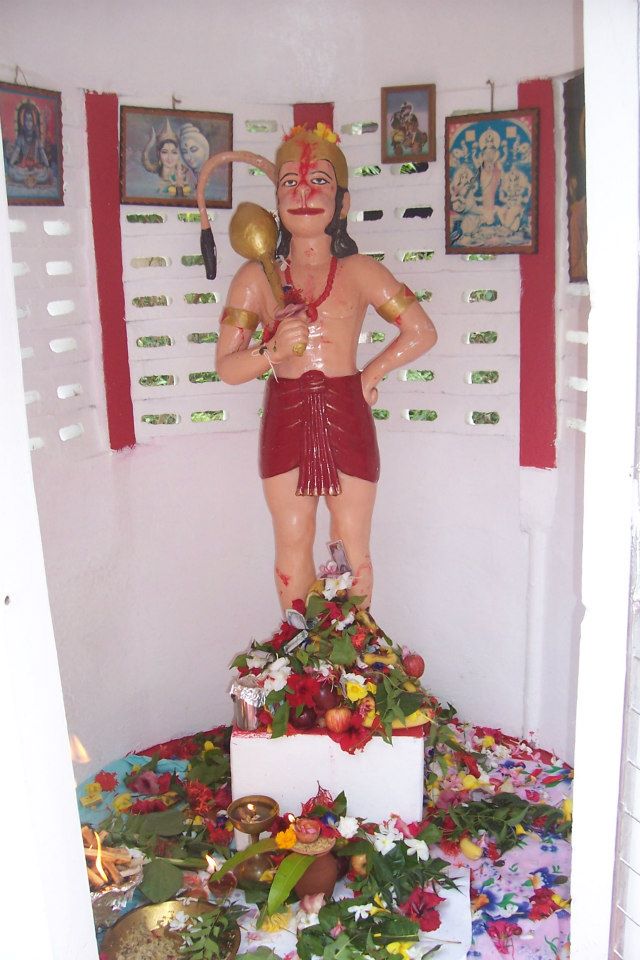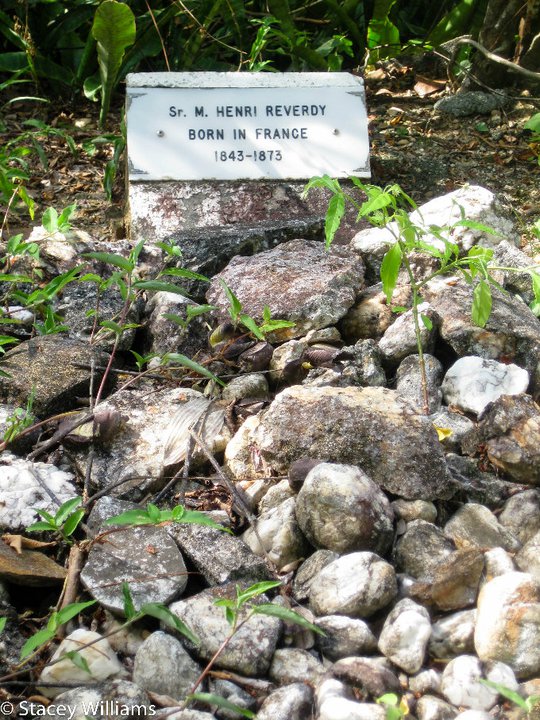Nine hundred acres of natural beauty situated in the Bocas del Dragon (Dragon’s mouth), one of the Bocas islands nestled between Trinidad and Venezuela and washed by the Caribbean Sea, is home to a booming ecosystem and marine life. It is the convergent point of hundreds of years of history, of the passage of thousands of humans from across the globe. That one mainly uninhabited island, ripe with political history, the soils of which bear the essence of many a soul, now remains silent with the mere whispers of the departed among the haunted ruins, the shoreline and the trees.
Chacachacare, the Amerindian word for Cotton Island, was first inhabited by the indigenous people who migrated up the Caribbean chain from South America. Since the islet is located between both Trinidad and Venezuela, this allowed for easy access. Having been discovered and settled firstly by the Amerindians, the land bore witness to the primitive, but skilled and advanced in their own right, the lifestyle, culture, language and spirituality of the indigenous people.
However, just as time progressed, so too did their presence there fade with the re-discovery of the island by Christopher Columbus in the 1498 expedition commissioned by Spain. With the subsequent introduction of African enslavement, the land’s arability was advantaged by the cultivation of cotton which was in high demand in Europe in the 18th Century. In 1813, this Bocas isle provided a haven and an isolated ground for the hatching of a revolutionary plan by General Santiago Marino to liberate Venezuela from the rule of Spaniards, in conjunction with Simon Bolivar — a war that was won. Much later with emancipation in 1834 and the advent of indentureship in 1845, Chacachacare was used as a medical post for the examination of immigrants, to single out the weak and diseased, those of whom were treated on the island, and the strong and abled sent to mainland Trinidad.
Eighty acres were donated to the Catholic Church around 1842 where the Dominican Order established a church, school and presbytery. The nuns of this order cared for leprosy patients in the Cocorite hospital on the mainland and so the State (Trinidad was under British rule during this period) evicted all inhabitants of Chacachacare and constructed a hospital for all afflicted persons on the island, creating a major leper colony in the Caribbean circa 1920. It is believed that leprosy’s inception occurred in ancient Rome which then spread to the Orient via the voyages of Roman soldiers. Most of the victims on the island were the East Indian immigrants who were brought to work on the sugar cane fields, evidenced by the existence of a currently functioning Hindu temple built since 1945.
Chacachacare’s waters were an ideal hideout during World War II, with the emergence of German submarines with Swastikas that frightened the local residents, as they wondered whether these forces would accost them or bring the war to home. In 1940, the United States of America (USA) military gained access to the island through an agreement between Britain and the USA to form political and economic relations between them. As such, a military (naval and air) base was commissioned in Chaguaramas, Trinidad on 1 June 1941.
Fascinating indeed to know that a mostly uninhabited expanse of land — the soil of which has borne the weight of the tribulations of many ethnicities — has such a rich history, stood witness to the tears, hopes, joys, spirituality of the dwellers and visitors; to know that a mainly ignored isle off Trinidad was the home of several languages and dialects, diverse cultures and faiths. Spain, France, Britain, India, Africa, America, Germany all had some sort of connection whether directly or indirectly with an island of only nine hundred acres, off the mainland of the Republic of Trinidad and Tobago. Some stories go untold, some fall on deaf ears, but such is the fact that we take for granted — our “home” — in not fully understanding the depth of the secrets, mysteries and histories of the land and the ancestors.
https://www.caribbean-beat.com/issue-43/once-upon-island-chacachacare#axzz60JBz8IAM
https://en.wikipedia.org/wiki/Chacachacare
https://www.meppublishers.com/chacachacare-island/#axzz60OMsIMRX
https://en.wikipedia.org/wiki/Battle_of_the_Caribbean
http://www.chaguaramas.com/discovery-zone/chaguaramas-history/the-american-base-in-chaguramas




 RSS Feed
RSS Feed